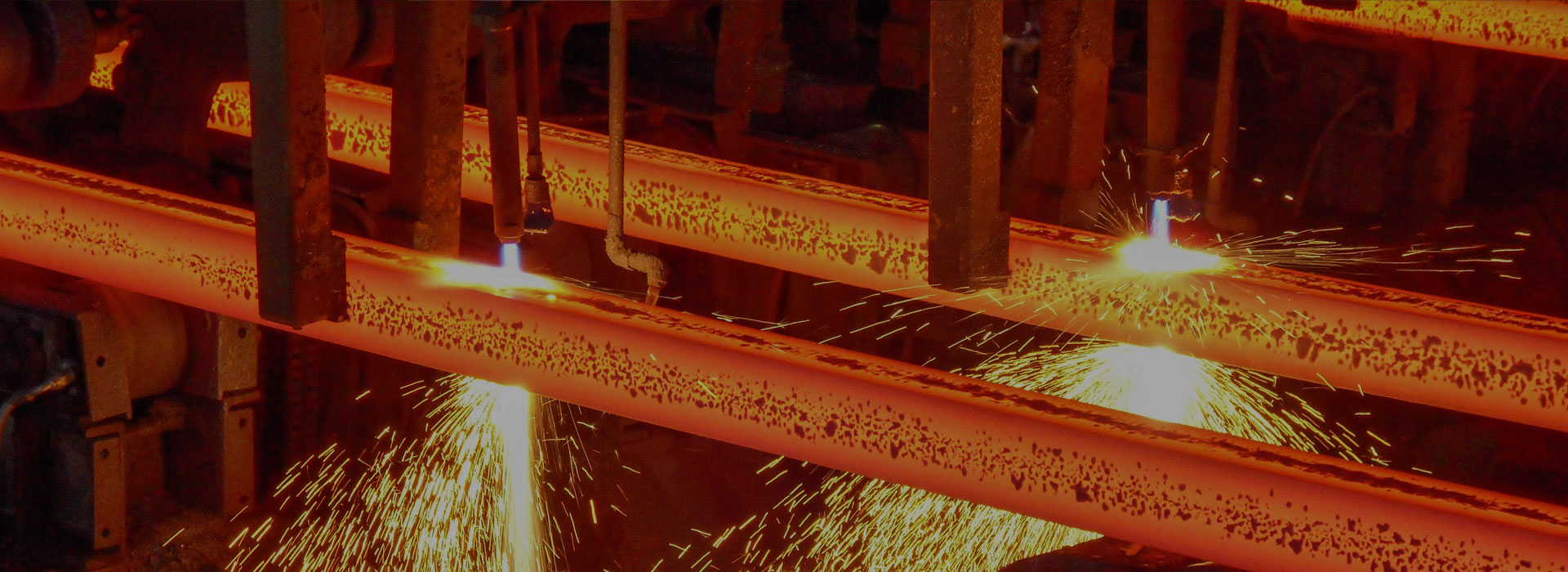Iron Casting Part Inspection Methods
2023-12-12
Iron casting is a process of creating metal parts by pouring molten iron into a mold. It is a widely used manufacturing process in various industries, including automotive, aerospace, and construction. However, the quality of iron casting parts can vary depending on the manufacturing process and the inspection methods used. In this article, we will discuss the various inspection methods used for iron casting parts.
Visual Inspection
Visual inspection is the most basic and commonly used inspection method for iron casting parts. It involves examining the surface of the part for any visible defects such as cracks, porosity, and surface finish. This inspection method can be done manually or with the help of a machine vision system. Visual inspection is a quick and cost-effective method, but it may not detect internal defects.
Magnetic Particle Inspection
Magnetic particle inspection is a non-destructive testing method that is used to detect surface and near-surface defects in iron casting parts. It involves applying a magnetic field to the part and then sprinkling iron particles on the surface. The particles will accumulate at the location of any surface defects, making them visible to the inspector. This inspection method is effective for detecting cracks, porosity, and other surface defects.
Ultrasonic Inspection
Ultrasonic inspection is another non-destructive testing method that is used to detect internal defects in iron casting parts. It involves sending high-frequency sound waves through the part and measuring the time it takes for the waves to bounce back. Any internal defects such as voids, cracks, or inclusions will reflect the sound waves differently, allowing the inspector to detect them. Ultrasonic inspection is a highly accurate method but requires specialized equipment and trained personnel.
X-ray Inspection
X-ray inspection is a non-destructive testing method that is used to detect internal defects in iron casting parts. It involves passing X-rays through the part and capturing the image on a film or digital detector. Any internal defects such as voids, cracks, or inclusions will appear as dark spots on the image. X-ray inspection is a highly accurate method but requires specialized equipment and trained personnel.
Iron casting parts are widely used in various industries, and their quality is critical for the performance and safety of the end product. Inspection methods such as visual inspection, magnetic particle inspection, ultrasonic inspection, and X-ray inspection are used to ensure the quality of iron casting parts. Each inspection method has its advantages and limitations, and the choice of method depends on the type of defect to be detected and the cost-effectiveness of the method.




